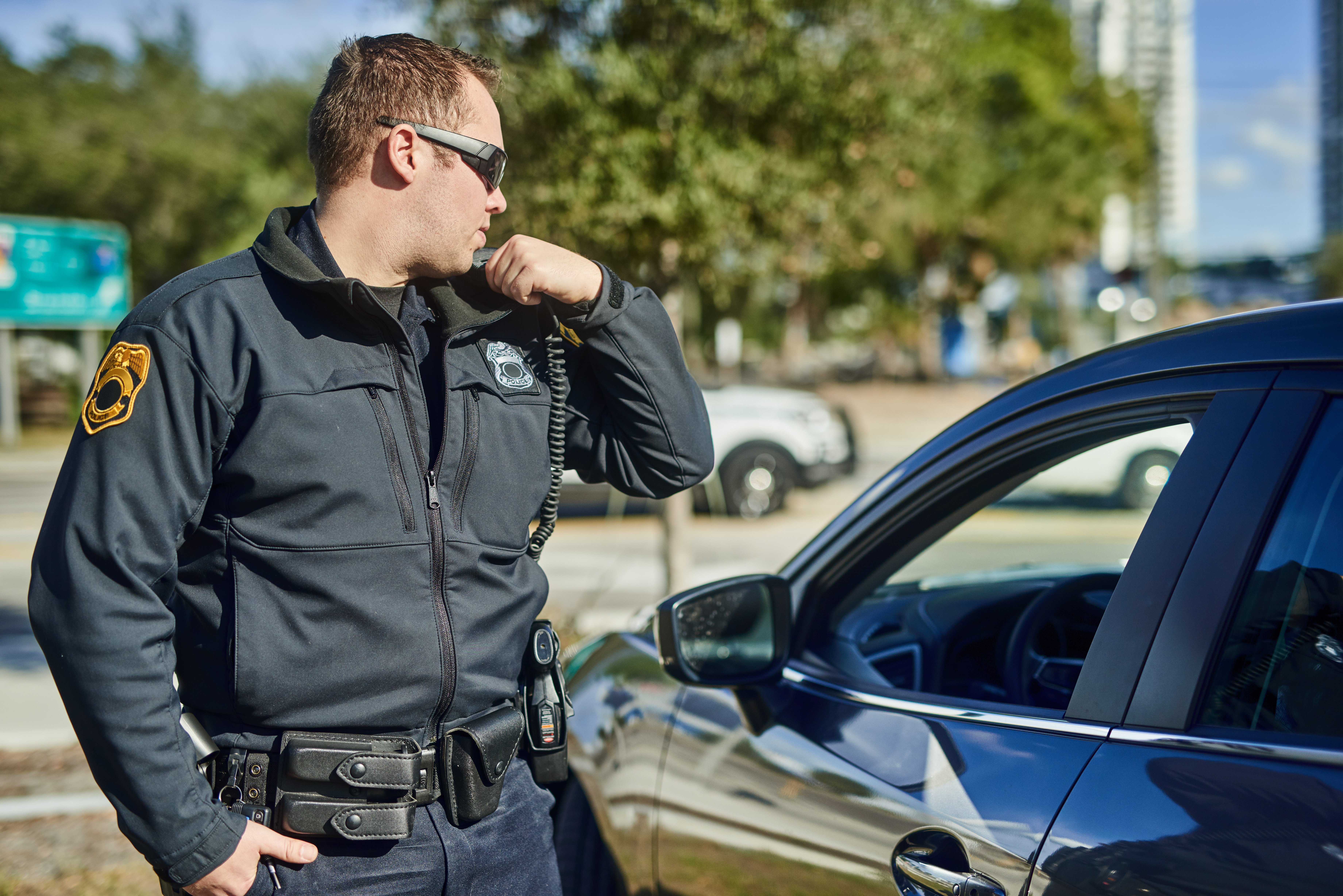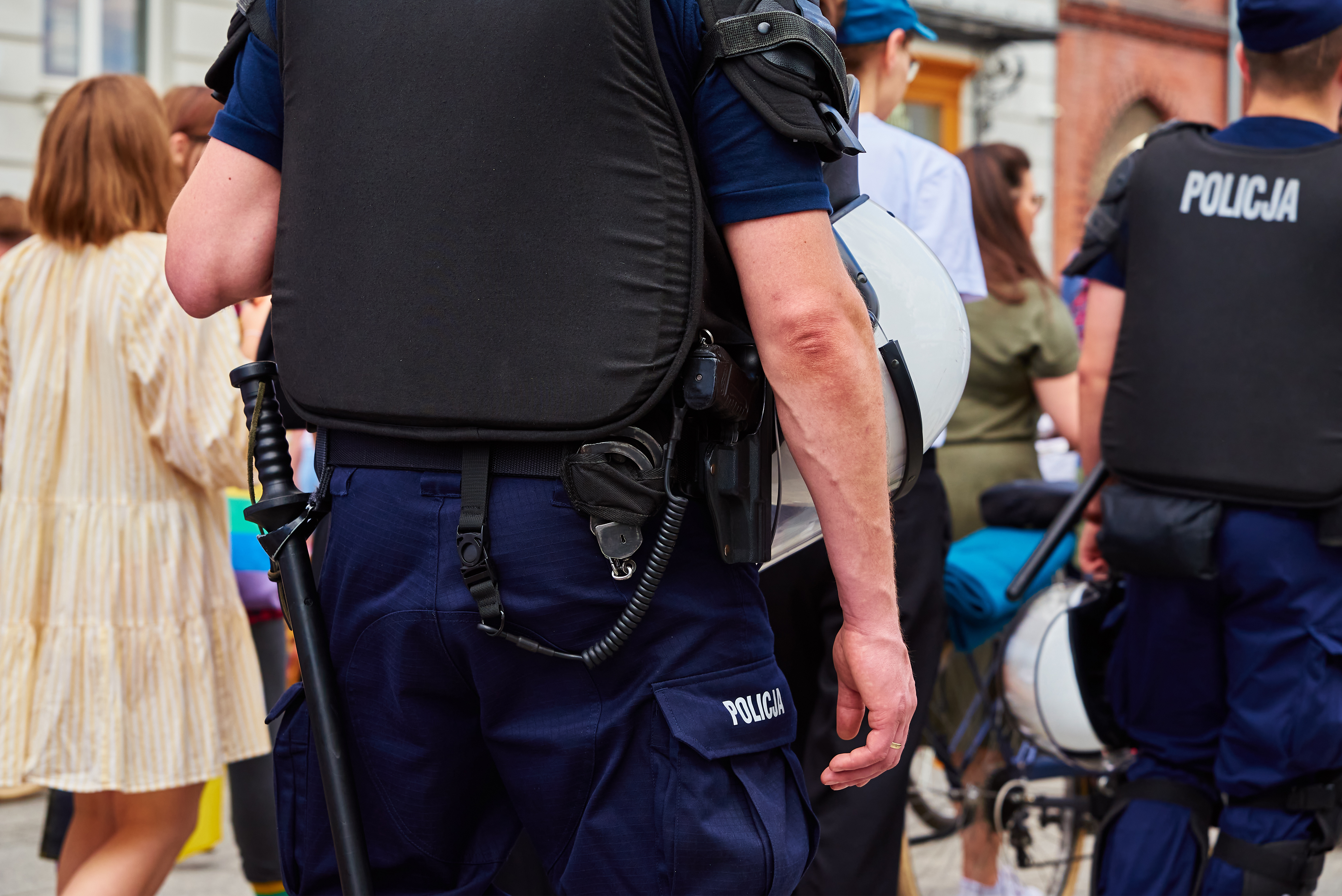When violence strikes a school community, the headlines focus on the incident itself: what happened, who was hurt, and how quickly police arrived. But beneath the headlines lie deeper lessons about preparation, prevention, and the realities of response times.
Response Time vs. Reality
In one recent incident, law enforcement was on scene within 2.5 minutes, a remarkably fast response. But even that “fast” timeline underscores a harsh truth: in the time it takes to process a 911 call and dispatch officers, lives can already be at risk. Average response times are often closer to 8–10 minutes, and in rural counties, they can stretch much longer. That’s why alerting systems, panic buttons, and staff readiness remain essential. Seconds matter, and the ability for staff to protect themselves and their students before law enforcement arrives saves lives.
Practice Builds Protection
Schools that regularly drill their emergency protocols are far better prepared when crises erupt. In Colorado, where standard response protocols are widely implemented, those rehearsed actions helped limit casualties in the recent shooting. Drills build muscle memory, allowing staff and students to act under intense stress when rational thought is clouded. The goal isn’t just speed, it’s executing the right actions quickly and correctly.
Recognizing “Leakage” Online and Offline
Investigations into the shooter revealed online activity that mirrored the digital footprints of past school shooters. This phenomenon, individuals congregating in online spaces to glorify violence and share extremist ideas, underscores the need for vigilance. While privacy and free speech remain important, schools and communities must understand the signs of “leakage”, which is posts, writings, or behaviors that signal violent ideation. Each piece of concerning behavior is a “brick in the wall” of threat assessment. It may not be enough to act legally on its own, but combined with other observations, it can reveal a dangerous trajectory.
Building the Wall Together
Threat assessment isn’t about a single agency holding all the answers. It’s about collaboration. Schools, law enforcement, parents, and community members often see different “bricks” of behavior. When these pieces are shared and combined, the picture becomes clearer, faster. Waiting until the wall is fully built means waiting too long. The earlier we connect the dots, the more opportunities we have to intervene before violence escalates.
Who Belongs in the Building?
Another safety issue is deceptively simple: knowing who belongs on campus. In one case, a “non-student” remained inside a school for three hours before being discovered. Whether it’s issuing student IDs, controlling entry points, or spot-checking credentials, schools need reliable systems to verify who should be on site. Lanyards and badges only work if staff actually check them. Spot checks, consequences for missing IDs, and a single secure entry point are all ways to ensure only authorized individuals are inside. It’s about protecting the whole community, not punishing individuals.
The Bottom Line
School safety is not a single technology or policy, it’s layers of preparation, practice, and partnerships. From monitoring concerning behavior to drilling response protocols and ensuring secure campuses, safety requires effort. Quick response times help, but they cannot replace the responsibility schools have to act immediately and decisively when danger arises.








.png)



No Comments Yet
Let us know what you think